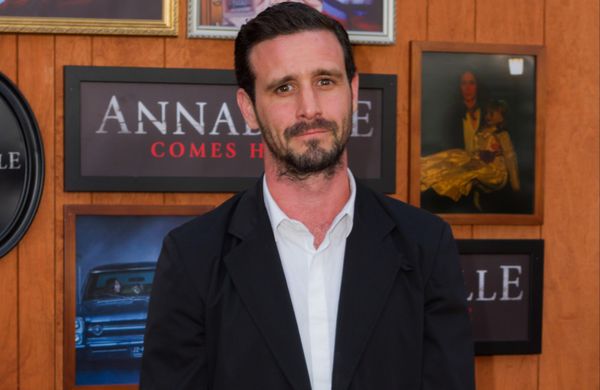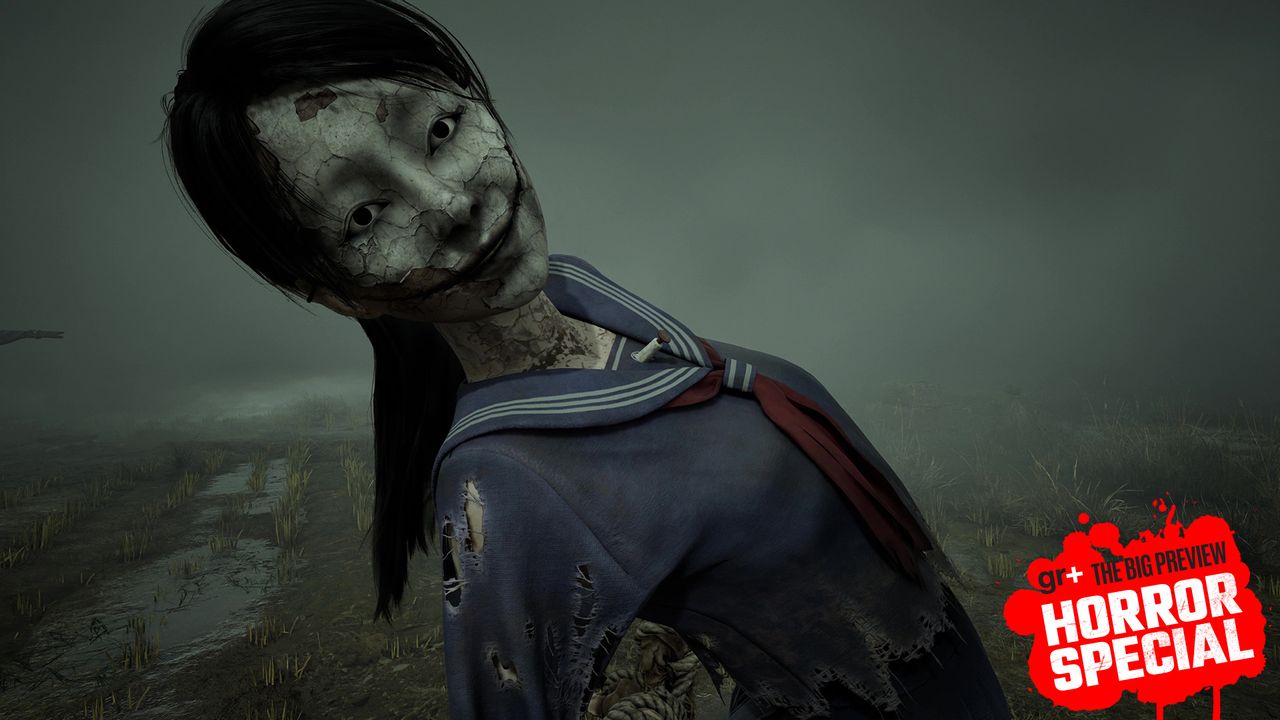
Dying Light: The Beast and Silent Hill f are doing the same thing in very different ways. Namely, rebalancing action and horror in survival horror to remind us that we're here for fear above all else.
This is a burgeoning trend I've spotted while looking at all the upcoming horror games on the horizon. From Resident Evil Requiem to Cronos: The New Dawn, the focus seems to be on telling "deep psychological stories" and making people actually scared again while playing a horror game. With Capcom even waving off one of its most iconic Resident Evil protagonists as "quite a bad match" for horror by virtue of being a little bit too badass, is this the end of survival horror's obsession with action heroes?
To discover whether developers really feel that horror games simply aren't scary enough, I reached out to Techland and NeoBards to gain some perspective on how they view their upcoming works. But however studios are going about the rebalancing act, the bloody writing's on the wall: horror's back on the menu, boys.
Breaking the silence

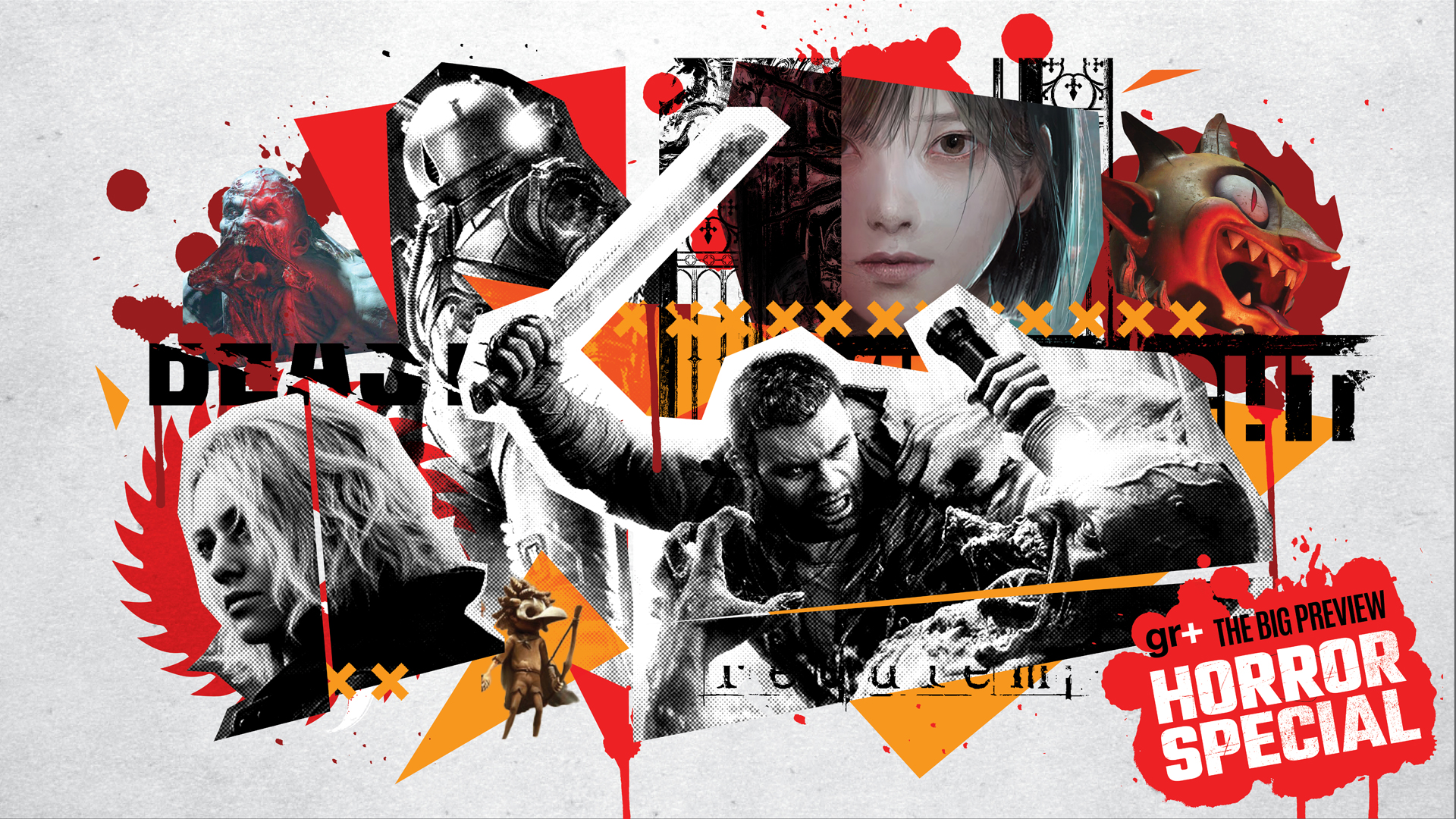
GamesRadar+ is taking you closer to your nightmares than ever in our scorching Horror Special, with Silent Hill f and Dying Light: The Beast leading the charge
For years, the fine balance between scares and action in the survival horror genre has been in flux. The genre looks and feels markedly different today than it did in the late '90s, with Resident Evil 4, 5, and 6 largely credited with having taken the first steps to tweak the formula and put a greater stress on action sequences at the cost of fear factor.
When Capcom started remaking its old-school classics, starting with Resident Evil 2 Remake in 2019, it established a new normal for the genre: a third-person, over-the-shoulder perspective that would go on to influence many others. Silent Hill 2 Remake is a prime example of this effect. Even with its plethora of horrors, atmospheric and jumpscare-style both, adapting a fixed-camera-angled PS2 game to fit the modern survival horror blueprint was bound to give it a more action-oriented edge over the original.
This is something Silent Hill series producer Motoi Okamoto sought to rectify in the first new mainline game since 2012. With prolific Japanese horror writer Ryukishi07 in charge of the story, Konami and developer Taiwanese developer NeoBards aims to "fortify the horror aspect" in Silent Hill f in a way that hasn't been done since the days of Silent Hill 4: The Room.
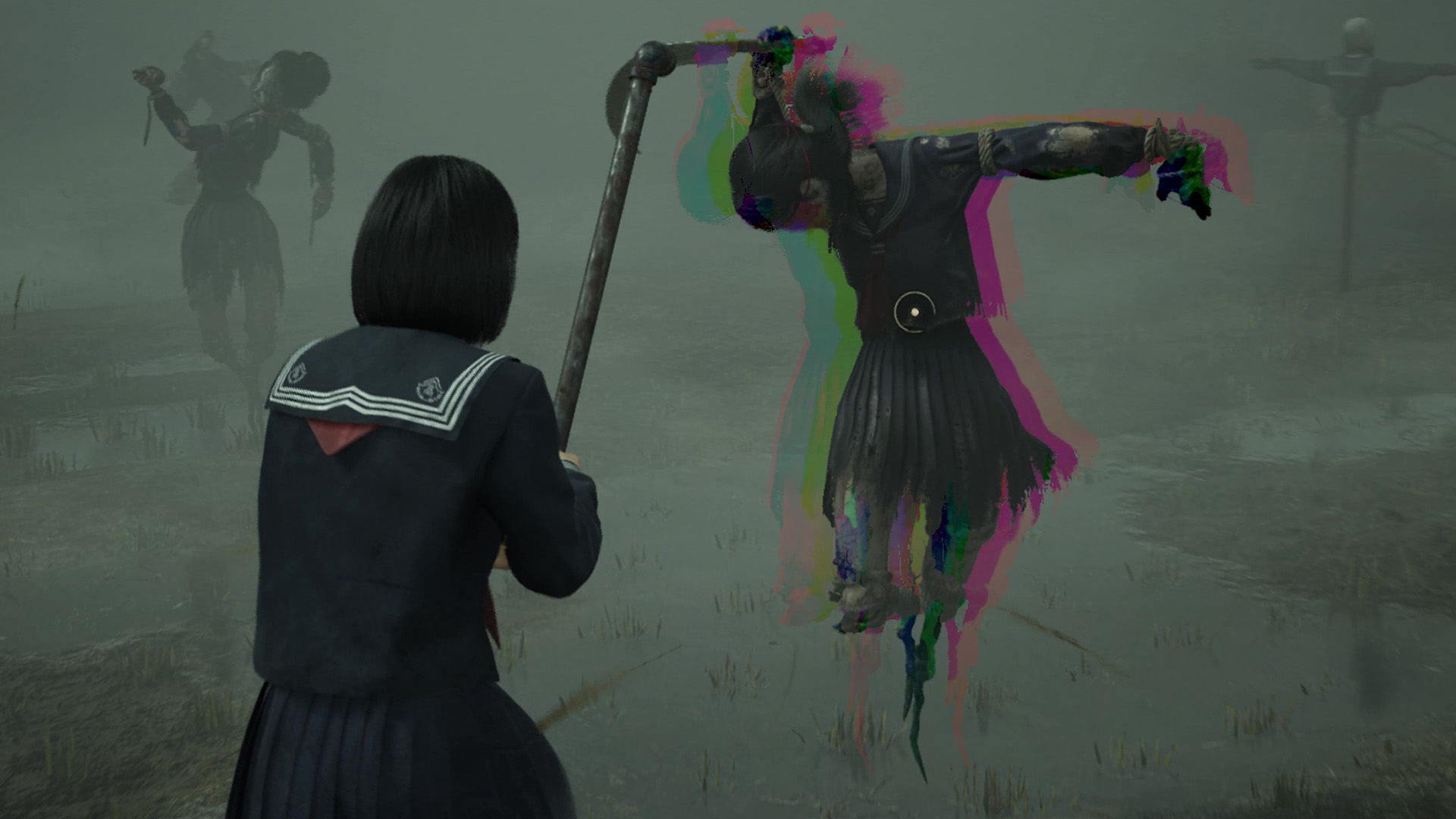
According to game director Al Yang, the rebalancing of fear and action elements is part of evolving not only Silent Hill as a series, but the genre itself.
"If everything is the same, nothing stands out," he said of the game's unique concoction, drawing influence from Silent Hill f's series-first Japanese setting and harnessing Ryukishi07's expertise in the process. "J-horror is a bit more of a slow burn, more about atmosphere and the general visuals just steeping in [it]." As for the combat? "It's not like there's no action in there, but for us, the top priority was to really focus on that sense of dread," Yang clarified.
Silent Hill f's worldbuilding being given greater focus over combat is compelling to me, and I'm keen to see how that rebalancing might give the series some direction after all these years of dormancy. Techland, on the other hand, is playing a different tune to the same song, and even with a 10-year legacy compared to Silent Hill's two-plus decades, its rulebook is no less demanding.
A brand new beast
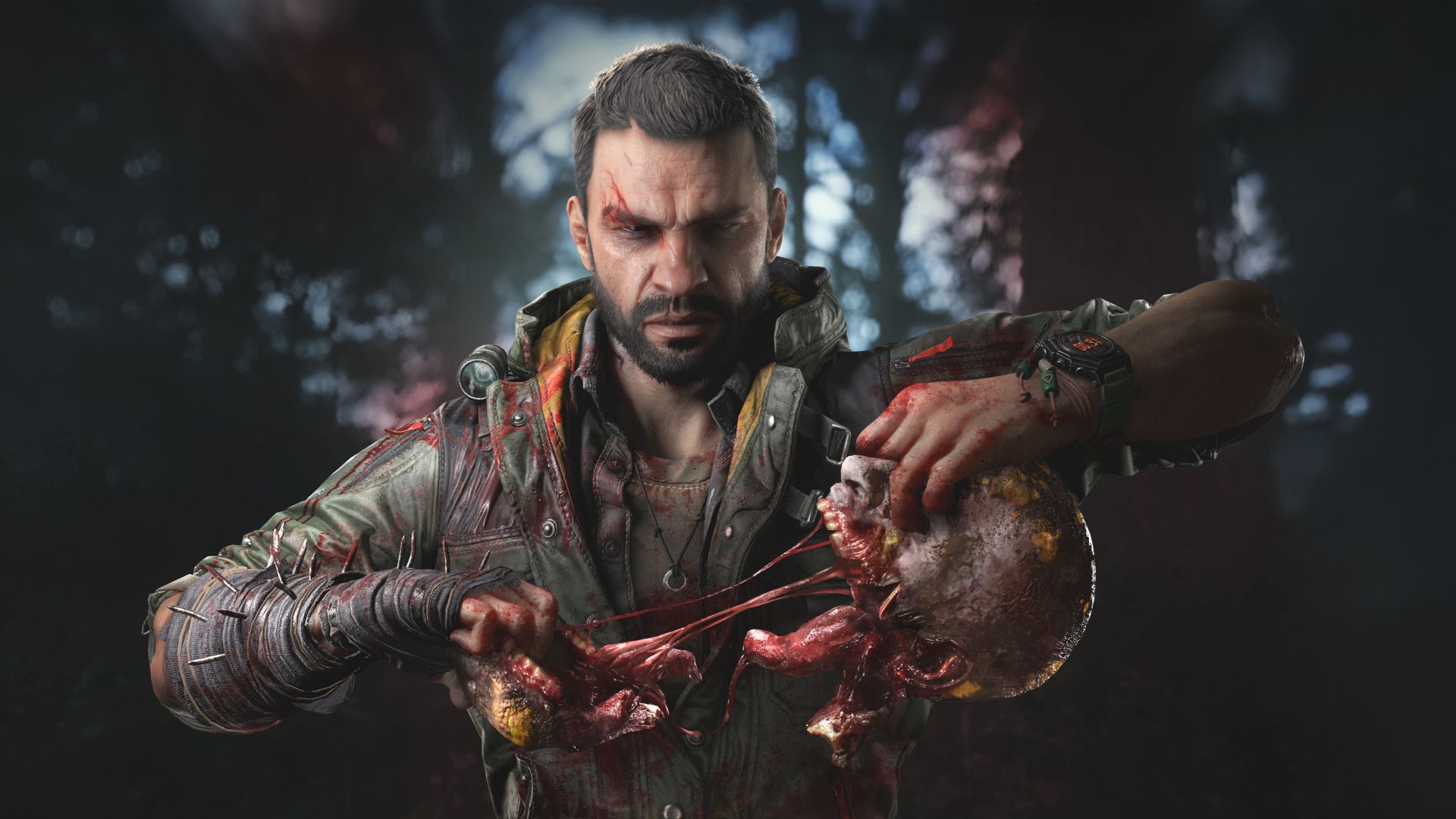
Action is still very important in Dying Light – arguably, more so than most other survival horror games.
"With Dying Light: The Beast, we’re aiming to bring horror back to survival horror," franchise director Tymon Smektała told me shortly after my hands-on preview visit to Warsaw. "We realized that this direction is exactly what our audience is starving for."
As a much younger franchise, it goes without saying that Dying Light is not quite the same as Silent Hill. It's hard to pin down a specific genre, the series being known for its heady blend of first-person melee action, survival-crafting, and nerve-shredding encounters with the undead where all you can do is run. "We never truly aimed at a pure horror experience so we’re not measured against such classics such as P.T. or Amnesia," Smektała said. "But we face our own set of expectations and our players are very strict about it."
It turns out that Dying Light doesn't need a retro horror legacy to carve out a set of expectations; its player base has that part covered. Smektała described the typical Dying Light player as being "into difficult, challenging experiences, never shying away from danger nor scares," and in a way, the mounting expectation speaks to Techland's drive to constantly beat itself at its own game with each new instalment.
It's also a consequence of just how broad an experience Dying Light is compared to the stricter rules applied to the best survival horror classics. Its flexible identity makes Dying Light its own biggest competitor, no roots in "pure horror" required.
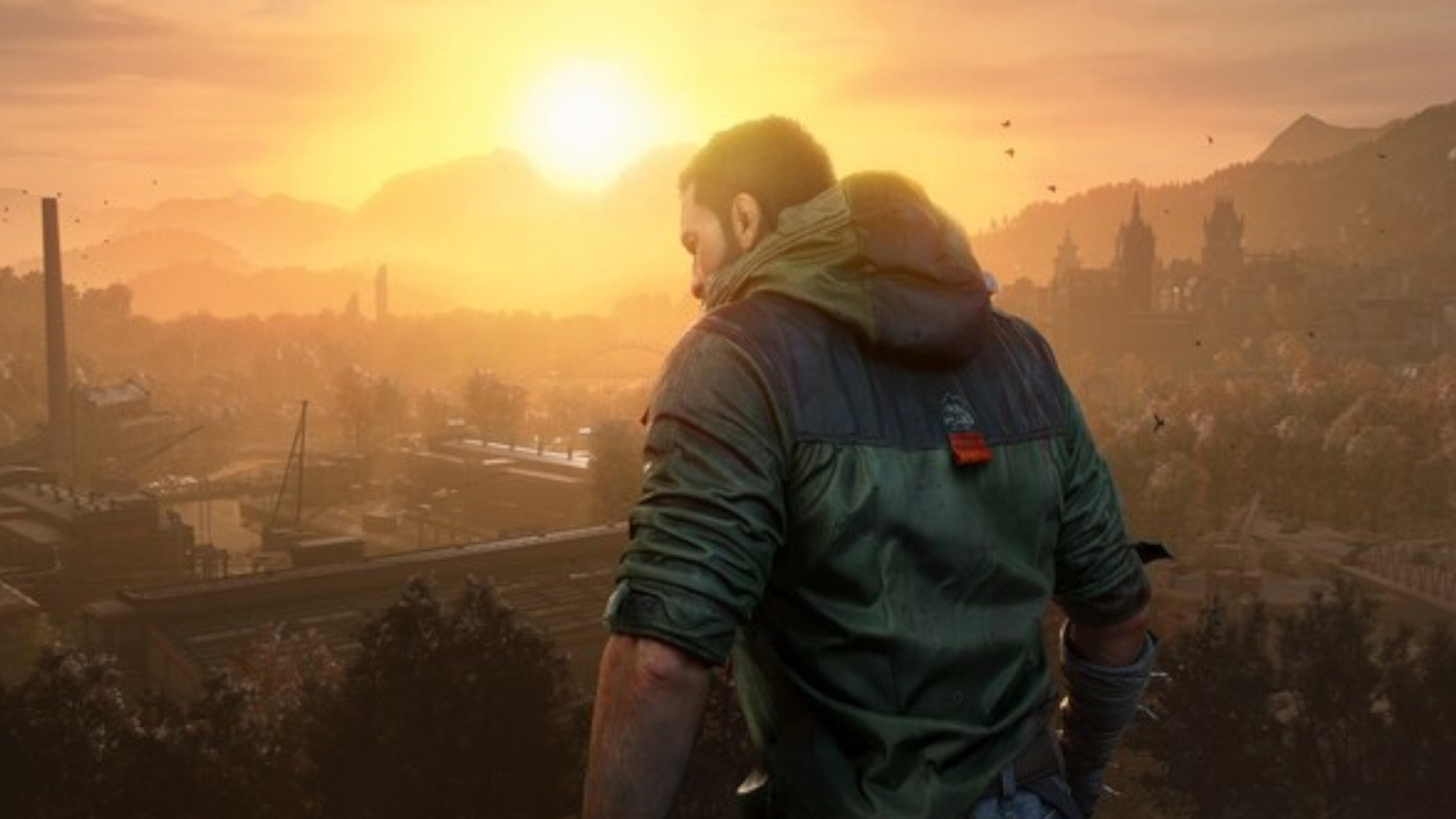
Techland also seems to be its own greatest critic. Following Dying Light 2: Stay Human's 2022 launch, Smektała expressed regret over how the game "lost its horror" in pursuit of loftier ambitions.
It was a massive open world experience that far outstripped the size and scope of Dying Light 1, starring a new protagonist whose fast-progressing zombie infection risked rendering the series' iconic day-and-night cycles more annoying than terrifying. By heralding the return of fan favorite original hero Kyle Crane, implementing a host of immersive technical enhancements, and honing back into the terrors of nighttime encounters, Dying Light: The Beast is moving the needle back towards the business end of survival horror.
But action is still very important in Dying Light – arguably, more so than most other survival horror games. "We aim to deliver very physical, grounded immersion. We’re looking for visceral, in your face gruesomeness. We’re expected to build tension from darkness and disturbing ambiance," Smektała reeled off. "I hope players will see that with Dying Light: The Beast, we want to beat ourselves on all those accounts."
Those are some fighting words from Techland and NeoBards both, and to me, it's indicative of yet another shift in the survival horror landscape. It doesn't surprise me in the slightest; what comes up must come down, after all, and I've been waiting for action-heavy imbalances to even out since the days of Resident Evil 5. It's exciting to see the genre still changing, growing, incubating its next iteration with every new game to riff off the blend of scares and shoot-'em-ups. To flee or not to flee, that is the question – and it's one I hope developers keep asking themselves for years to come.
We're celebrating the best horror games of the near future with our Horror Special this summer
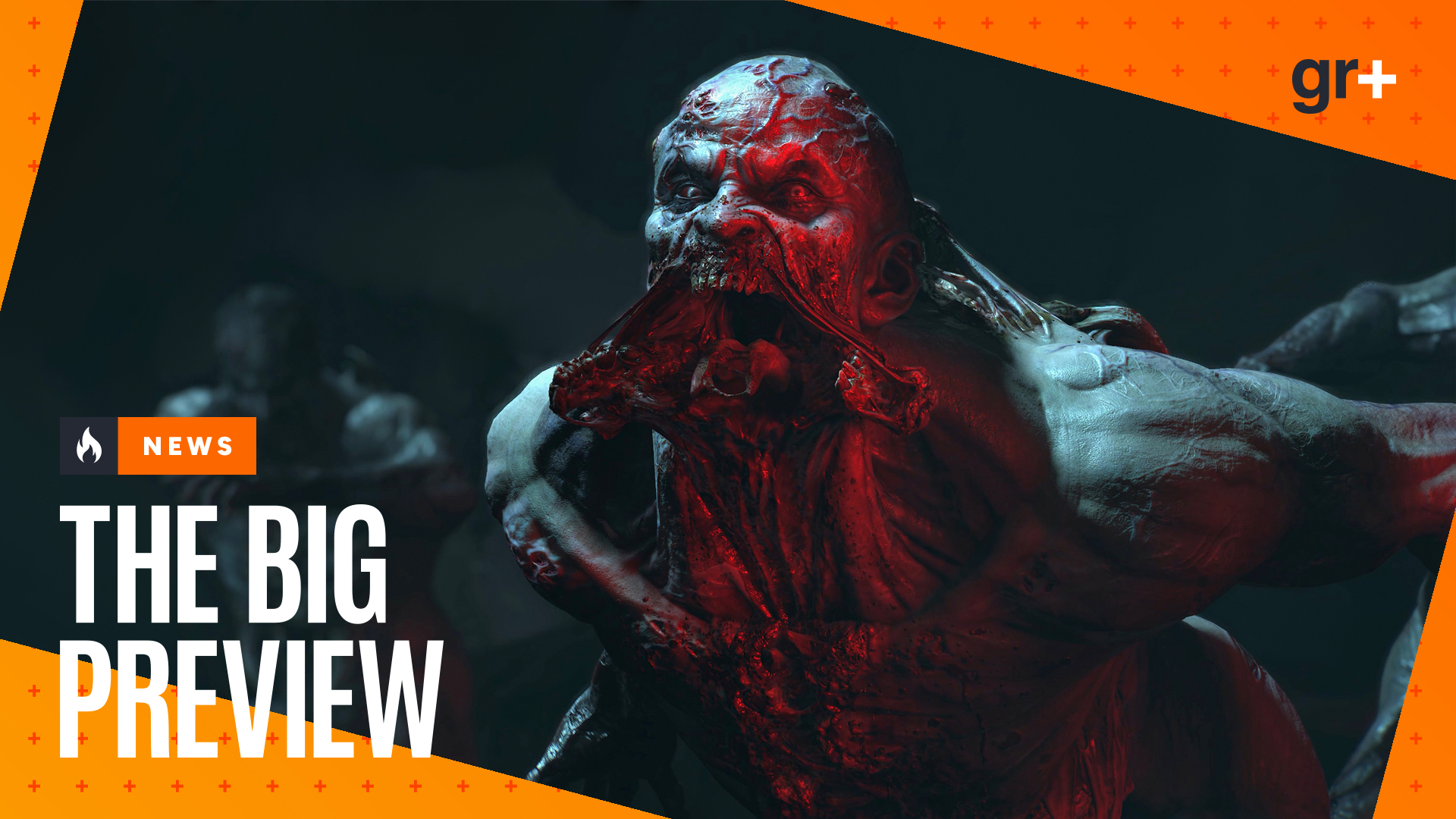
Our Dying Light: The Beast hands-on preview explores the first four hours of Techland's upcoming zombie slasher and how Kyle Crane's return looks and feels
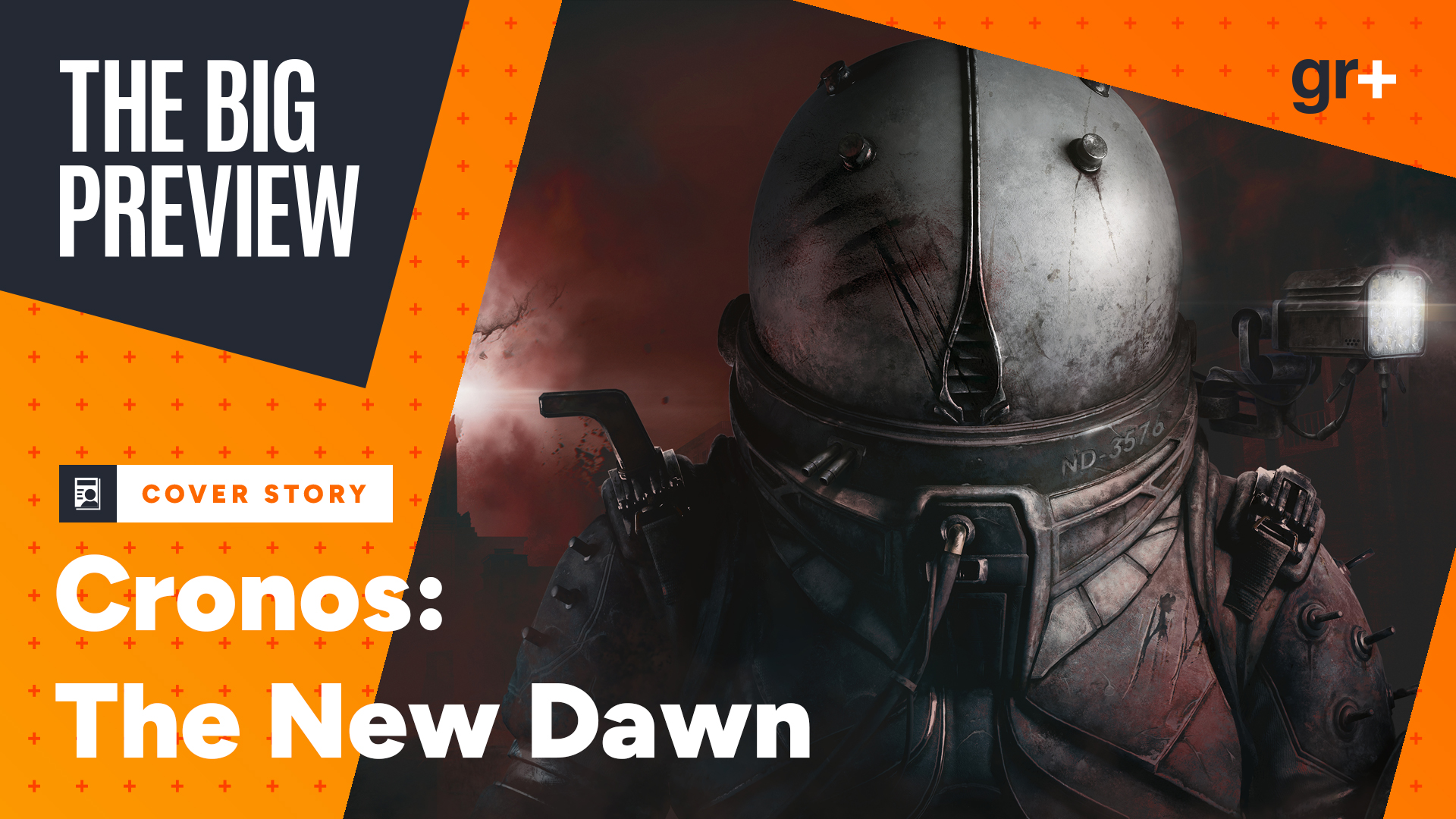
Cronos: The New Dawn is like Dead Space in Hell, but it has a cool female protagonist because the devs say that's simply "more interesting"
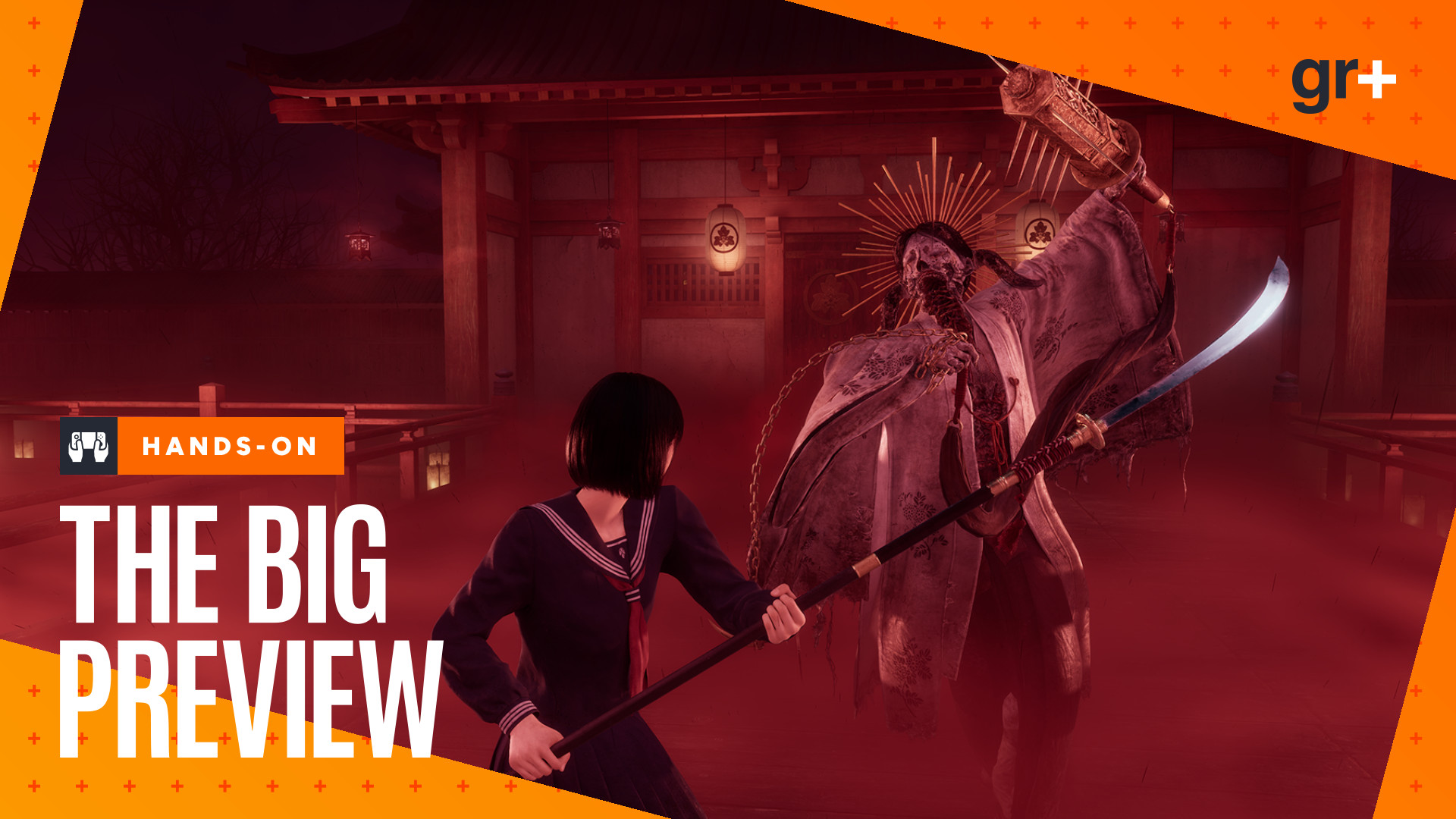
After a five-hour Silent Hill f hands-on preview, we're already obsessed with its its incredible story and atmosphere, but beware the parry-heavy combat





